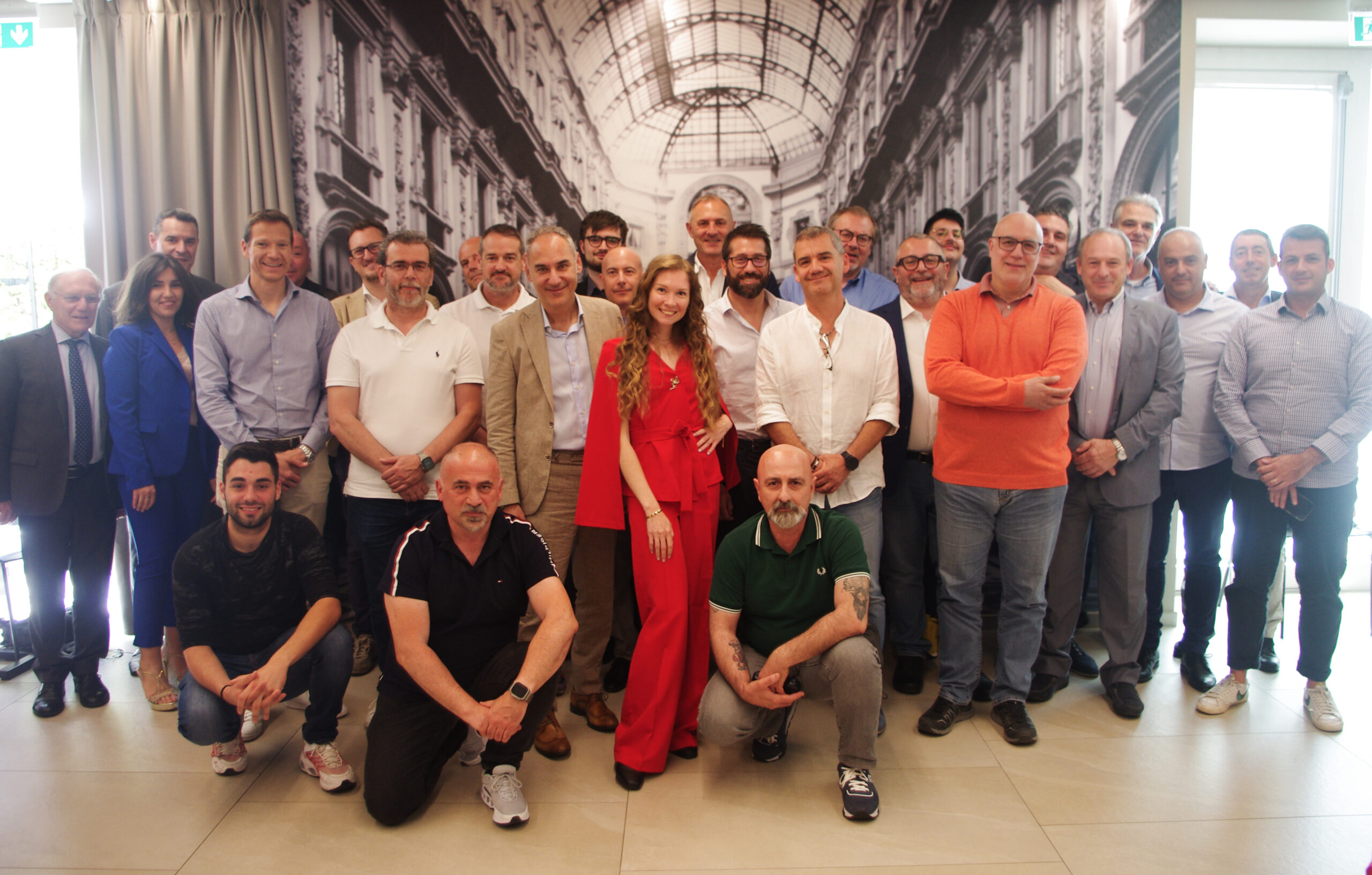IoT technology is having an increasingly important role in our routines. For example, if you wear a smartwatch or have the lamps in your house connected to your smart speaker, you are already enjoying IoT. But it goes further since it’s becoming the main player in business growth and modernization of cities. It’s time to go deeper into it and get to know the influence of WiFi connections in this new reality.
What is IoT?
To fully understand the concept of the Internet of Things or IoT, we can use the definition offered by ISO / IEC JTC 1:
“An infrastructure of interconnected entities, people systems and information resources together with services which processes and reacts to information from the physical and virtual world.”
ISO / IEC JTC 1 is an organization resulting from the joint work between the International Organization for Standardization (ISO) and the International Electrotechnical Commission (IEC). Its objective is to work for the development of standards in ICT.
With IoT, through the interconnection of technological resources and human participation, we will better understand our environment, obtaining valuable information for business development and more efficient decision making.
For the development of an IoT infrastructure, we need key elements, such as:
- The strategic location of sensors to collect relevant data in real-time.
- Necessary standards and equipment to connect sensors and systems in charge of processing the captured information, as well as to connect devices to each other.
- A platform for data processing.
- Properly trained and experienced human resources to read these conclusions and perform the best actions regarding them.
What is the state of IoT technology in Spain?
Reading its definition, we can see that a very optimistic future awaits IoT solutions. This is proved by the report published by the EAE Business School. From it, we can draw interesting conclusions, such as:
- In 2020, the IoT market in Spain has reached 23 million euros.
- Annual growth compared to 2019 is 17.9%.
- Consumers of IoT devices and applications have increased by 66% over the past year.
Among the causes that lead Spanish companies to take advantage of the advantages of IoT, these ones stand out:
- Process automation.
- Operational costs reduction.
- Customer experience improving.
In addition, the biggest obstacles to implement IoT are:
- Initial costs.
- Safety concerns.
- Privacy issues.
What are the professional advantages and uses of IoT?
One of the most outstanding characteristics of IoT is its versatility. Although many tend to associate IoT with home automation and “home” issues, the Internet of Things also has a lot to contribute to companies and urban management. Here are some of these professional uses.
In recent years, cities have been equipped with sensors that measure variables such as traffic flows, pedestrian influx, air pollution levels, garbage filling levels, lighting by neighbourhoods, etc.
Having all this data in real-time, municipal managers will be able to react effectively to contingencies and design medium or long-term management plans more adjusted to reality.
If we talk about the industry sector, IoT is key to shape smart factories and Industry 4.0. In the automation of tasks, it’s very important to know what’s happening at every time and optimize document managing.
Without a doubt, manufacturing managers should consider these solutions to increase productivity, reduce costs and provide greater flexibility and responsiveness to production processes.
IoT has also entered the utility sector, shaping smart grids. Thanks to this technology, the maintenance of these networks improve significantly, detecting possible failures in advance. In addition, it allows adjusting supply to demand, decreasing prices.
In the retail sector, IoT sensors can register the location of customers in the different areas of the store, this information can be useful in marketing strategies. IoT also influences warehouse management and logistics.
Finally, we will talk about how IoT improves the management of agricultural and farming tasks. In this case, sensors can detect conditions such as fruit ripening, amount of water or temperature, among others.
How do WiFi connections contribute to the deployment of IoT?
For all these practical applications of IoT to become a reality, devices must have wireless communication technologies. Those technologies must suit the scenario they are deployed in. Depending on the context, companies can choose between several alternatives.
Of all these possibilities, some of the most popular are LoRa, Bluetooth, Bluetooth Low Energy (BLE), WiFi or RFID.
Regarding WiFi networks for IoT, these present a series of interesting qualities for professional use:
- It is a very mature and established technology.
- High availability of options for devices and software.
- High-speed transmission of large amounts of data.
- Low implementation costs.
- Possibility to set options that improves cybersecurity.
Given the inconvenience that the high consumption of WiFi devices in IoT could have, there are technologies such as WiFi HaLow (IEEE 802.11ah), which reduces electricity consumption and extends the signal range.
There is no doubt that the evolution of WiFi networks is related to the growth of IoT. In fact, the recent WiFi 6 standard greatly optimizes wireless connections in very high demand areas. It allows multiple simultaneous connections in small spaces without losing quality or consistency.
In addition, WiFi 6 contributes to a reduction in energy consumption in IoT infrastructures. This is possible thanks to the inclusion of Target Wake Time (TWT) technology, which allow devices to only be active when it is necessary.
For all these reasons, having WiFi connections is one of the best choices when launching an IoT system.
At Galgus we have software solutions and hardware devices that adjust to your needs. With them, you will have more powerful and secure wireless IoT networks, as well as data that will make your business more competitive. Do you want to know more about it? Let’s talk.








